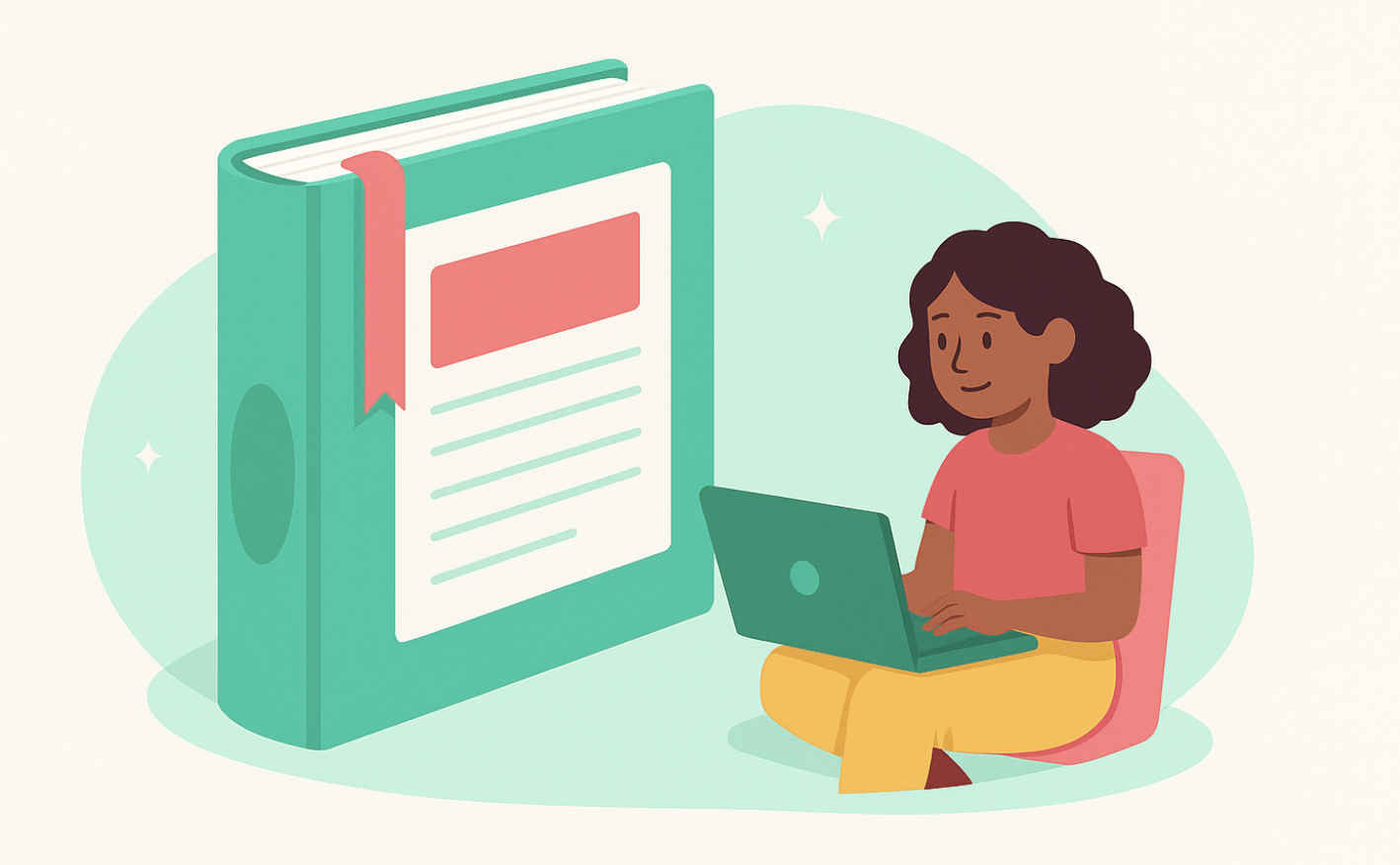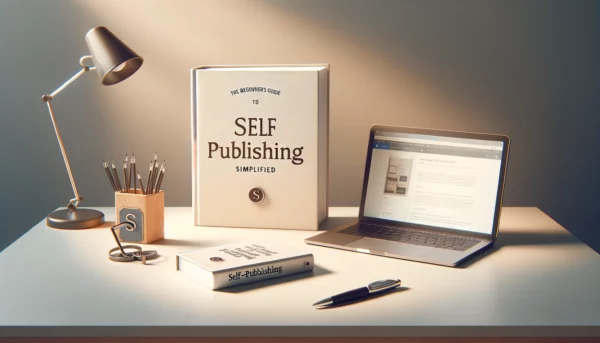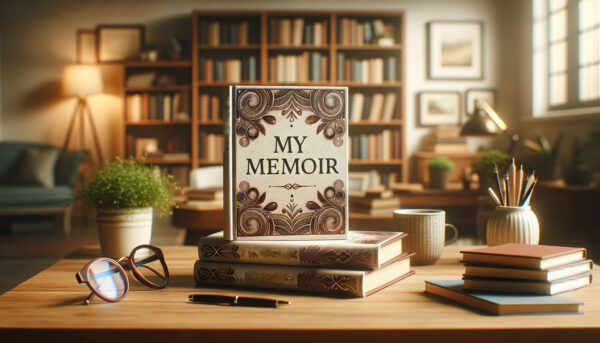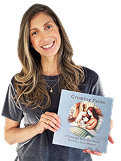When it comes to children’s books, few hold as much charm and chew-resistance as the classic board book. Sturdy, compact, and bursting with bold colors and playful words, board books are designed for the youngest of readers, babies and toddlers who explore stories with both their eyes and their hands. These aren’t just books; they’re the beginning of a lifelong love of reading.
Think of the gentle magic of Goodnight Moon or the joyful chaos of a Sandra Boynton story; board books set the tone for early childhood storytelling. And with self-publishing, you don’t have to wait for a traditional deal to join their ranks. You’re in charge, from the first sketch to the final, finger-smudged spine.
In this guide, we’ll walk you through every step of professionally self-publishing your board book, from concept and design to printing and marketing, so you can create a children’s book that parents will cherish and little ones will beg to read again (and again)
What is a Board Book?
A board book is a type of book designed specifically for young children, crafted from sturdy cardboard or board pages. These books are perfect for little ones who love to explore and play because they can withstand rough handling and are easy to clean. Board books are often a child’s first introduction to the world of reading, featuring simple, repetitive text and colorful illustrations that capture their attention.
One of the most famous board book authors is Margaret Wise Brown, who wrote the classic title, Goodnight Moon. This beloved book has been a must-have for children’s libraries for generations, with its soothing words and beautiful illustrations helping countless toddlers drift off to sleep.
Sandra Boynton is another popular author of board books, known for her playful and humorous style. Her books, such as Pajama Time!, are full of fun and engaging illustrations that encourage kids to love reading.
Board books are a fantastic way to introduce children to new vocabulary and concepts. They are often used in early childhood education to teach toddlers about animals, counting, and other important skills. With their sturdy pages and engaging content, board books are a great way to encourage a love of reading in little ones.
Reading board books with children is essential for promoting literacy and a love of reading. It’s a wonderful way to spend quality time with your child and help them develop important skills that will serve them well throughout their lives.
So why not start your child’s reading journey with a board book today? With their colorful illustrations, simple text, and durable pages, they are the perfect way to introduce your little one to the world of reading.
Your Publishing Journey Awaits – Start NowUnderstanding What Makes a Great Board Book
A board book is, by nature, simple, durable, and full of joy. Unlike novels or even regular picture books, the best board books use very few words, vibrant visuals, and familiar themes to capture a child’s attention. Common themes include animals, family, bedtime routines, or simple concepts like shapes or colors. They also address nighttime fears by reassuring children about the sounds they might hear in the dark.
Beloved board books like Goodnight Moon by Margaret Wise Brown and Sandra Boynton’s quirky works capture these essentials. The key? Making every word count and each image pop. These elements build a sense of wonder in young readers and a sense of relief for parents looking for a book that can be read multiple times a day without losing its charm.
Planning Your Board Book: Key Considerations for Success
Planning a board book starts with knowing who your readers are, usually babies and toddlers who crave simple visuals and words they can eventually repeat or recognize. Choose a topic that resonates with kids, like cute animals, bright shapes, or fun counting themes.
Words should be minimal, with just enough to add rhythm and guide the imagery. Imagine your words as a fun companion to the pictures, bringing the story to life with just the touch of a few well-chosen phrases. Keep things short, playful, and easy to read aloud; after all, these books often become bedtime staples that parents will repeat until they can recite them in their sleep.
Designing and Writing: Bringing Your Ideas to Life
With a board book, the visuals are everything. Whether you use illustrations, photos, or digital art, go for bright, high-contrast images that jump off the page. Colorful animals, familiar household items, or cozy bedtime scenes make excellent choices. Themes that celebrate friendship, family, or playtime create a warm connection with both children and parents.
When it comes to writing, keep the tone light and friendly. Rhymes, alliteration, and short sentences are not only fun for kids but also easier for parents to read aloud. This is where you can have some fun, think like a child, letting their level of curiosity and wonder shape the language. Working with an illustrator? Share a vision that’s vivid and imaginative, ensuring the book will be as delightful to hold as it is to read.
The Publishing Process: From Manuscript to a Book Babies Can Hold
Now that you’ve poured your creativity into the pages, it’s time to bring your board book to life, literally. Unlike standard children’s books, board books are designed to survive drool, tug-of-war sessions, and enthusiastic page-flipping. That means durability isn’t optional; it’s everything.
Start by focusing on the materials and physical features that make a board book toddler-proof:
- Thick, laminated pages – Prevent tears and keep the book looking great after repeated use.
- Non-toxic, child-safe inks – Essential for books that might end up in little mouths.
- Rounded corners – Help avoid accidental pokes and make the book safer to handle.
- Compact size – Around 5×5 to 6×6 inches is perfect for small hands and backpacks.
When choosing how to print your board book, consider the following options:
- Print-on-demand services like IngramSpark or Blurb
Great for professional-quality prints with minimal upfront costs and inventory management. - Local or specialized board book printers
Ideal if you want more control over page thickness, finishes, or custom dimensions. - All-in-one publishing platforms like Spines
Designed with children’s books in mind, Spines can guide you through expert-level formatting, material selection, and premium book printing, helping you create a finished product that’s polished, safe, and child-approved.
No matter which route you take, remember: this isn’t just any book, it’s a child’s very first reading experience. Every detail counts. From the joyful cover art to the sturdy spine, your board book should feel like a treasure in tiny hands, made to be loved, chewed, and read again and again.
Marketing Your Self-Published Board Book
With your board book printed and ready to go, it’s time to get it into the hands of the people who matter most, eager parents and curious toddlers. The key? Targeted book marketing that puts your story in front of the right readers.
Start by building a presence on social media platforms like Instagram, Facebook, and TikTok, where visuals and parenting content thrive. Share engaging posts that showcase your book’s bright illustrations, playful themes, and read-aloud appeal. Parents love children’s books that are colorful, fun, and encourage early literacy.
To reach more readers effectively, consider these strategies:
- Join parenting groups and forums – These communities are full of your ideal readers.
- Partner with book bloggers and family influencers – especially those who specialize in children’s books and baby gear.
- Connect with early childhood educators and daycares – They’re constantly seeking new, quality reads for story time.
On online marketplaces like Amazon and Barnes & Noble, make your book easy to find with relatable keywords such as “animals,” “bedtime story,” “first words,” and “baby’s first book.” Strong metadata and engaging descriptions will help your board book stand out in crowded search results.
Don’t overlook local opportunities either, independent bookstores, toy shops, and children’s boutiques often support self-published authors, especially those offering something delightful and unique. And if your book is part of a series, even better. Series naturally build anticipation and keep parents coming back for the next installment.
With the right approach, you can grow your audience and spark joy in homes everywhere.
Embrace the Joy of Creating for Little Ones
Creating a board book is more than just publishing; it’s a chance to spark wonder, laughter, and learning in the earliest chapters of a child’s life. From those first scribbled ideas to the moment you hold the finished book in your hands, the process is a celebration of creativity and care.
Board books are a child’s first gateway into the world of language and storytelling. They’re touched, explored, and cherished, sometimes even chewed. But more than anything, they represent a bond between storyteller and listener, parent and child, page and imagination.
So, embrace the journey. Create something sturdy, joyful, and full of heart, a little book that might just become someone’s very first favorite.
FAQs – Children’s Board Books
Q1: What is a children’s board book?
A children’s board book is a type of book made specifically for babies and toddlers. Unlike standard paperback or hardcover books, board books are printed on thick cardboard pages to withstand heavy handling, chewing, and spills. They feature simple text, bright illustrations, and themes that are easy for little ones to understand, like animals, shapes, or bedtime routines.
Q2: Do board books have the whole story?
Most board books feature short narratives or thematic content rather than full, complex stories. This is intentional; they’re designed to be read aloud in a few minutes and to hold the attention of babies and toddlers. Some are adaptations of longer picture books, but many are original works built around simple storytelling or concepts.
Q3: Are board books good for 3-year-olds?
Yes! Three-year-olds benefit from board books, especially if they’re just beginning to recognize words or follow simple stories. While they may also enjoy more advanced picture books, board books offer repetition, bold visuals, and sturdy pages that are still engaging and appropriate for their developmental stage.
Q4: What is the difference between a board book and a picture book?
The main difference lies in format and audience. Board books are made entirely of thick cardboard pages and are aimed at babies and toddlers. Picture books, on the other hand, usually have paper pages, more complex stories, and are intended for preschoolers and early readers. Board books focus on durability and simplicity, while picture books introduce richer narratives and vocabulary.
Q5: What is the best-selling children’s book of all time?
The Tale of Peter Rabbit” by Beatrix Potter and “The Very Hungry Caterpillar” by Eric Carle are among the best-selling children’s books of all time. Another contender is “Harry Potter and the Philosopher’s Stone” (UK title) for older children. For board books specifically, Goodnight Moon and Brown Bear, Brown Bear, What Do You See? continue to top the charts.
Q6: How long should a children’s board book be?
Most children’s board books are between 8 to 20 pages long, with 10 to 16 being the most common range. The content is typically very brief, often just a few words or a sentence per page. This length is ideal for holding a toddler’s short attention span and making repeat readings enjoyable for both child and parent. Rhythmic language, rhyme, or repetition often helps give the book structure without needing a longer format.
Q7: What are Stage 3 Phonics books?
Stage 3 phonics books are part of structured phonics reading programs, like those used in schools (e.g., Letters and Sounds or Jolly Phonics). At this stage, children usually:
- Learn more complex graphemes (letter combinations like “ai,” “ee,” “igh”)
- Start blending and segmenting words more confidently
- Encounter longer words and more varied sentence structures
These books are generally geared toward early readers aged 5–6, not toddlers. So while not board books, they’re a vital step in learning to read independently.
Q8: What is the difference between board books and hardcover books?
The main difference lies in construction and purpose:
- Board books are made entirely of thick, durable cardboard pages. They’re designed for babies and toddlers who are still learning how to handle books and may chew, drop, or throw them. They’re also usually smaller in size and feature simple concepts or short stories.
- Hardcover books have a rigid cover but paper pages inside. They’re more fragile and suited for older children who can turn pages carefully. These books often contain more detailed stories and are part of the next reading stage after board books.
In short, board books are for tiny hands, hardcovers are for preschoolers and beyond.







